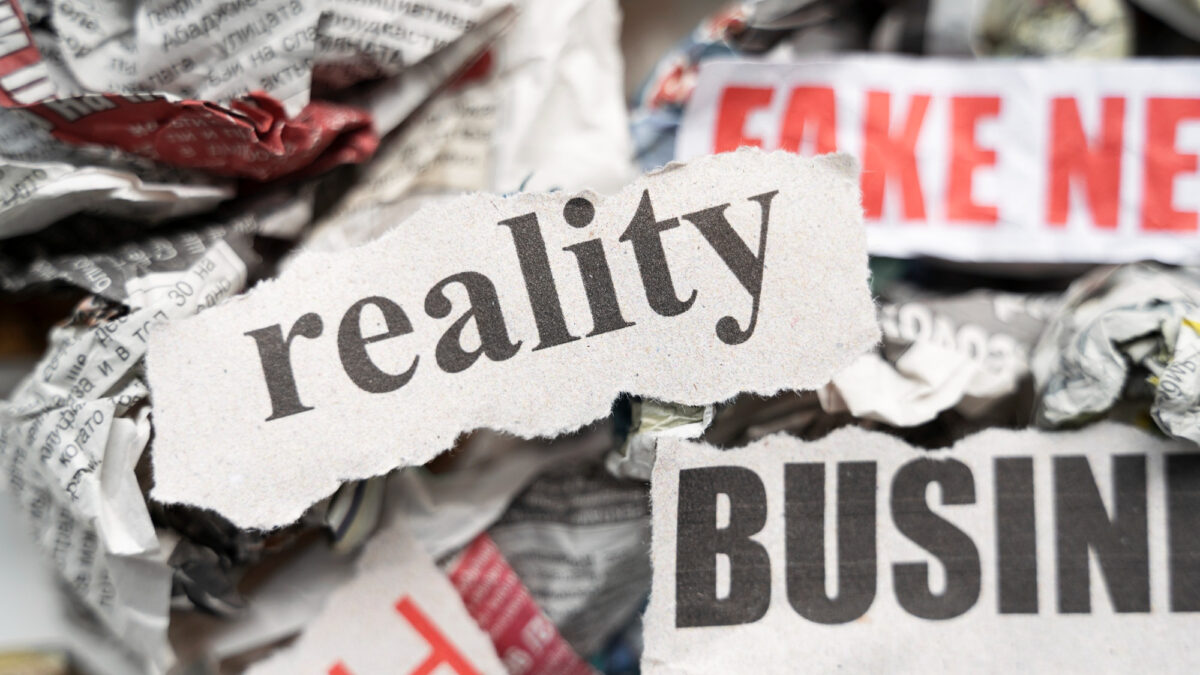Disclosure: Small Business Philippines strives to provide relevant and accurate information in all its articles. However, some information in our articles may differ or might be outdated from what you can see or read directly from the establishments’ or businesses’ websites. Please get in touch with us directly for any discrepancies.
An example of a press release is a written communication to announce important news or events to the media and the public. It’s a concise and compelling document that conveys key information about a company, product, service, or event in a newsworthy manner.
Why Should You Use Press Releases?
Press releases are essential for businesses to garner media attention, enhance brand visibility, and communicate important messages to their target audience. By distributing press releases, businesses can attract the interest of journalists, bloggers, and influencers, leading to potential media coverage and increased exposure.
When to Use Press Releases?
Press releases can be used to announce various developments within a company, such as product launches, new partnerships, awards, milestones, or significant personnel changes. Additionally, they are effective in responding to crises, addressing controversies, or issuing official statements in need.
Where to Distribute Press Releases?
Press releases can be distributed through various channels, including newswire services, email distribution lists, social media platforms, and directly to journalists and media outlets. It’s crucial to identify the appropriate channels based on the target audience and the nature of the announcement to maximize visibility and reach.
How to Write an Effective Press Release: Step-by-Step Guide
- Craft a Compelling Headline: Start with a catchy headline that grabs the reader’s attention and summarizes the main point of the press release.
- Write a Strong Lead Paragraph: The first paragraph, also known as the lead, should contain the most important information, including the who, what, when, where, why, and how of the announcement.
- Provide Supporting Details: Use the following paragraphs to expand on the key points mentioned in the lead, providing additional context, quotes from stakeholders, and relevant statistics or facts.
- Include Multimedia Elements: Enhance the press release with multimedia elements such as images, videos, infographics, or links to relevant resources to make it more engaging and visually appealing.
- End with a Strong Conclusion: Conclude the press release with a summary of the key points and a compelling call-to-action, prompting readers to take the desired next steps, such as visiting a website, attending an event, or contacting the company for more information.
Tips for Writing Effective Press Releases
- Tip: Use clear and concise language to convey the significance of the announcement and its impact on the target audience.
- Tip: Incorporate quotes from key stakeholders, such as company executives or satisfied customers, to add credibility and authenticity to the press release.
- Tip: Tailor the press release to the specific interests of the target audience and highlight the unique aspects of the event or initiative being announced.
Key Takeaways
- Press releases are valuable tools for businesses to announce important news, attract media attention, and enhance brand visibility.
- Effective press releases should have a compelling headline, a strong lead paragraph, supporting details, multimedia elements, and a clear call-to-action.
- By following these guidelines and incorporating best practices, businesses can maximize the impact of their press releases and achieve their communication objectives.



